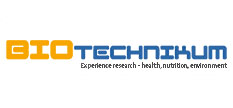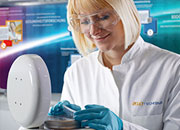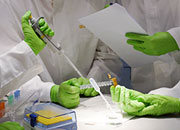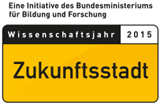Health economics – what does this include?
Health economics is an umbrella word for the pharmaceutical industry, biotechnology, medical engineering and the provision of medical services. To increase the innovative power of this sector, those research areas which drive the implementation of insights from basic research into medical practice forward are promoted in particular (”translation“ or also ”translational research“). Especially medical engineering, regenerative medicine and the development of pharmaceutical drugs will provide valuable stimuli for the competitiveness of the biotechnology and medical engineering sectors.
Several ministries are involved in promoting health economics:
- BMBF (early phase of research, etc.)
- BMG (Ministry of Health; middle and later phase health system, i. e. public and state sector)
- BMWi (Ministry of Economics and Technology; late phase marketing, taxation, etc.)
Health economics with its focal points belongs both to the framework programme health research as well as the ”National Research Strategy BioEconomy 2030“. Within these areas, the BMBF supports 15 top clusters, four of them in the field of health economics (for example the Medical Valley in Erlangen).
Innovations in medical engineering
During the strategy process ”Innovations in Medical Engineering“ discussions were held in 2011 on how the competitiveness of the medical engineering sector could be improved, how the performance level of the health system could be raised, and which measures are necessary to strengthen the innovative power of research. An objective resulting from this process was a more pronounced orientation of the R&D strategies towards clinical needs. But what are the main strengths and the innovation potential of medical engineering?
German companies are the third largest supplier of medical engineering products. Among these, the SMEs (small and medium-sized enterprises) are said to be the innovation driver as they quickly adopt and implement scientific results. However, for the population, the biggest potential of medical engineering lies in providing health care. It constantly revolutionises diagnostic and therapeutic options, for example through innovative surgical techniques like minimally invasive surgery, and integrated surgical systems in a number of specialist fields. Today, more operations can be performed on an out-patient basis than on an in-patient basis, there are fewer side effects, and the quality of care is improved at acceptable costs.
Intelligent implants, for example the development of retina implants as retina prostheses and rehab options for disabled persons, for example through innovative prostheses, underline the benefit of translational research for the patient.
Besides the improved communication opportunities provided by tele-medicine, another major potential for innovation lies in the field of modern image processing – on the one hand through more accurate and caring methods, on the other through methods which analyse cells and organs in their interaction with the overall organism.
The ”Action Plan Medical Engineering“ therefore pools the sponsoring activities of the BMBF in three areas: medical engineering in rehab and care – intelligent implants, molecular imaging in medicine and medical engineering in regenerative medicine. This is complemented by sponsoring the annual innovation contest for the promotion of medical engineering.
The pharma initiative
Biotechnology boosted innovation in the pharmaceutical market considerably during the past years. Biotechnological methods allowed the identification of new therapeutic options for a number of diseases. For years they have held a steady and increasing share (approx. 15 per cent) of the total turnover of the pharmaceutical industry in Germany. However, of the 156 (status May 2013) currently approved biopharmaceutical drugs, only six were developed in Germany, despite Germany having the largest number of biotechnological companies in the EU. In order to bundle the financial efforts and partners involved (scientists, clinicians, companies), approaches were looked for to improve networking among the partners in drug development.
Based on the biopharma contest for consortiums made up of smaller and larger companies, scientists and clinics with the common goal of drug development, three consortiums and their strategies were then supported: the Max Planck Drug Discovery & Development Centre endeavours to give commercially interesting therapeutic research projects more efficient access to the markets; the Neuroalliance consortium is to market diagnostic therapeutic approaches for the treatment of neuro-degenerative diseases as Public-Private-Partnership and promote the involvement of academic partners at eye level. The Neu2 consortium has the objective of marketing diagnostic and therapeutic approaches for the treatment of multiple sclerosis and is a model for a risk-financed life science project portfolio. Besides technological and therapeutically relevant ideas, the most creative and productive partnerships for implementing all development phases in Germany were decisive for being supported.
Explanation of the disease mechanisms in basic research (system biology), pre-set up research for commercialising scientific ideas (GO-Bio), the development of active ingredients as part of ”Innovative therapies on a molecular and cellular basis“ and ”Innovations in drug development“, the development of innovative biomarkers (molecular diagnostics), clinical research (disease-oriented competence networks, clinical study centres, coordination centres for clinical studies), continue to be sponsored, as was production in Germany. The totality of the funding measures supports Germany as a research location and thus invests in the economic growth of biotechnology.











